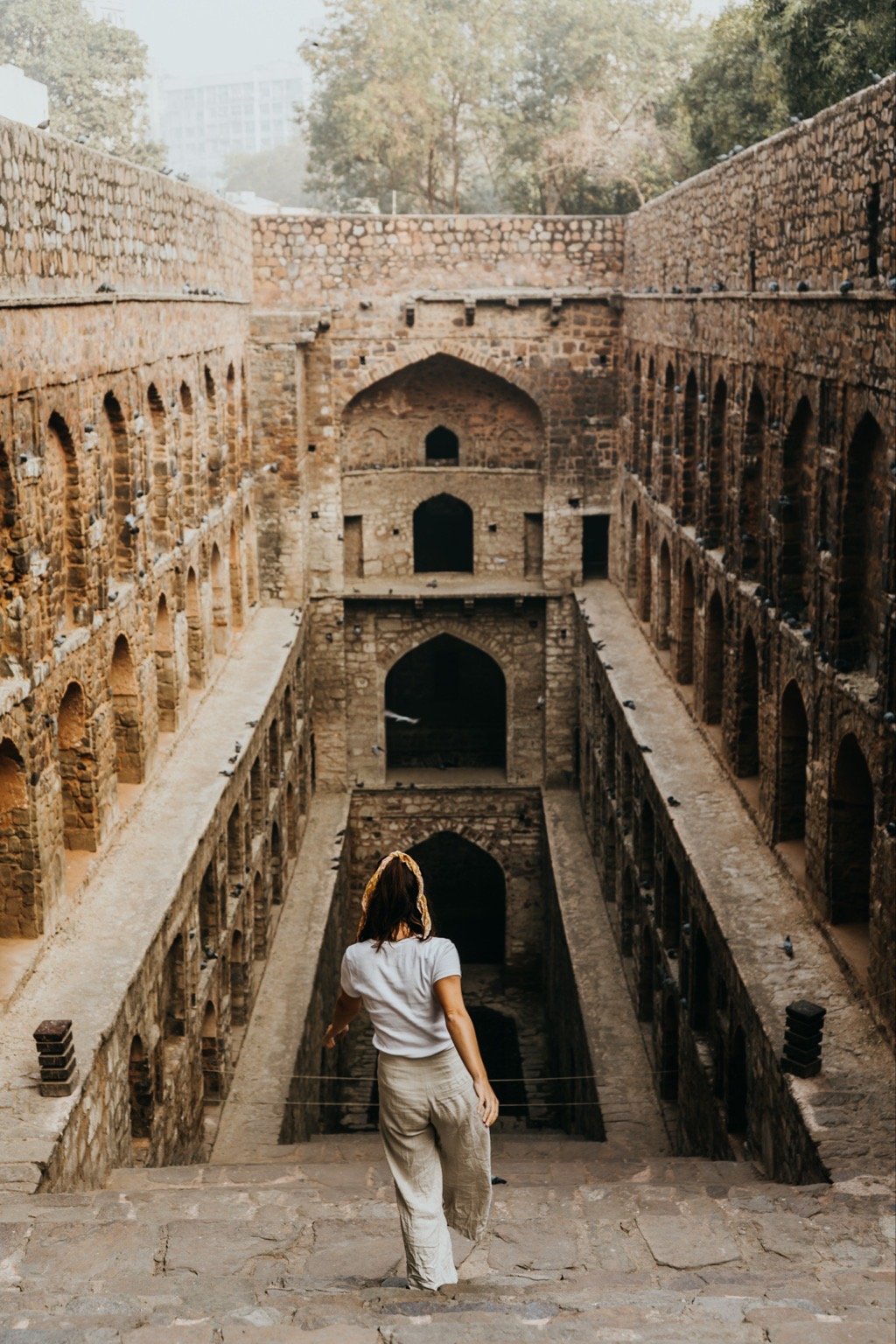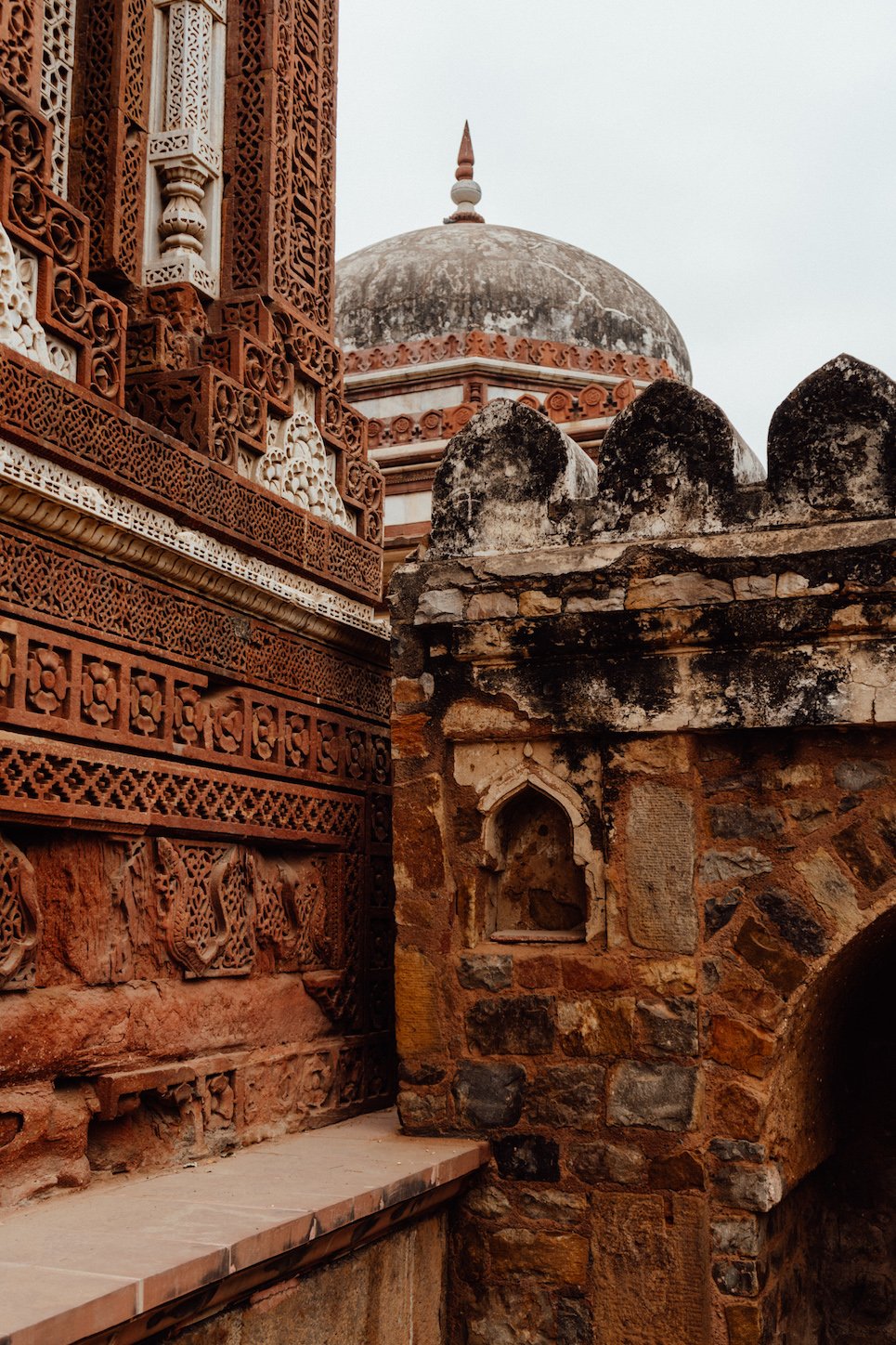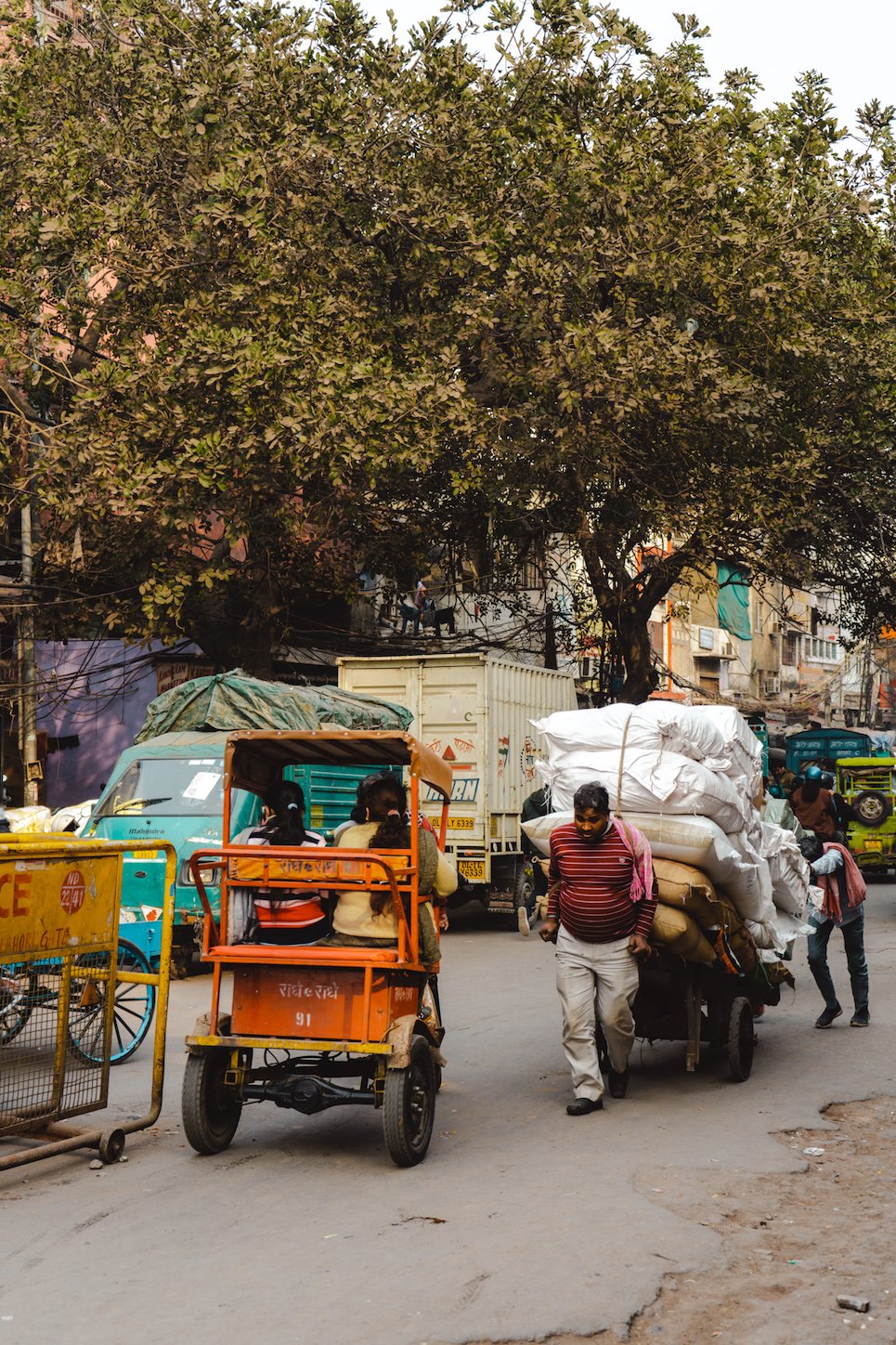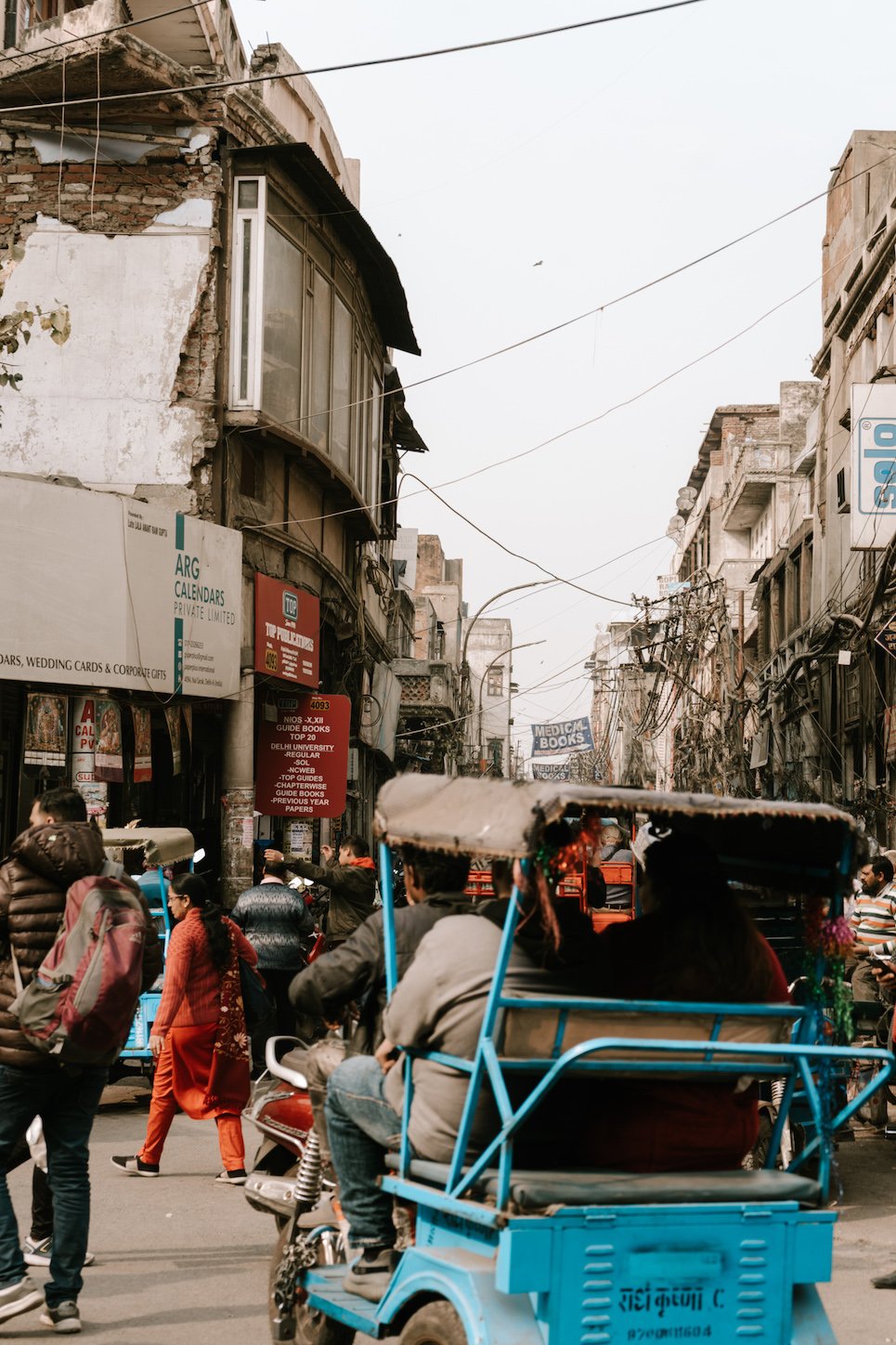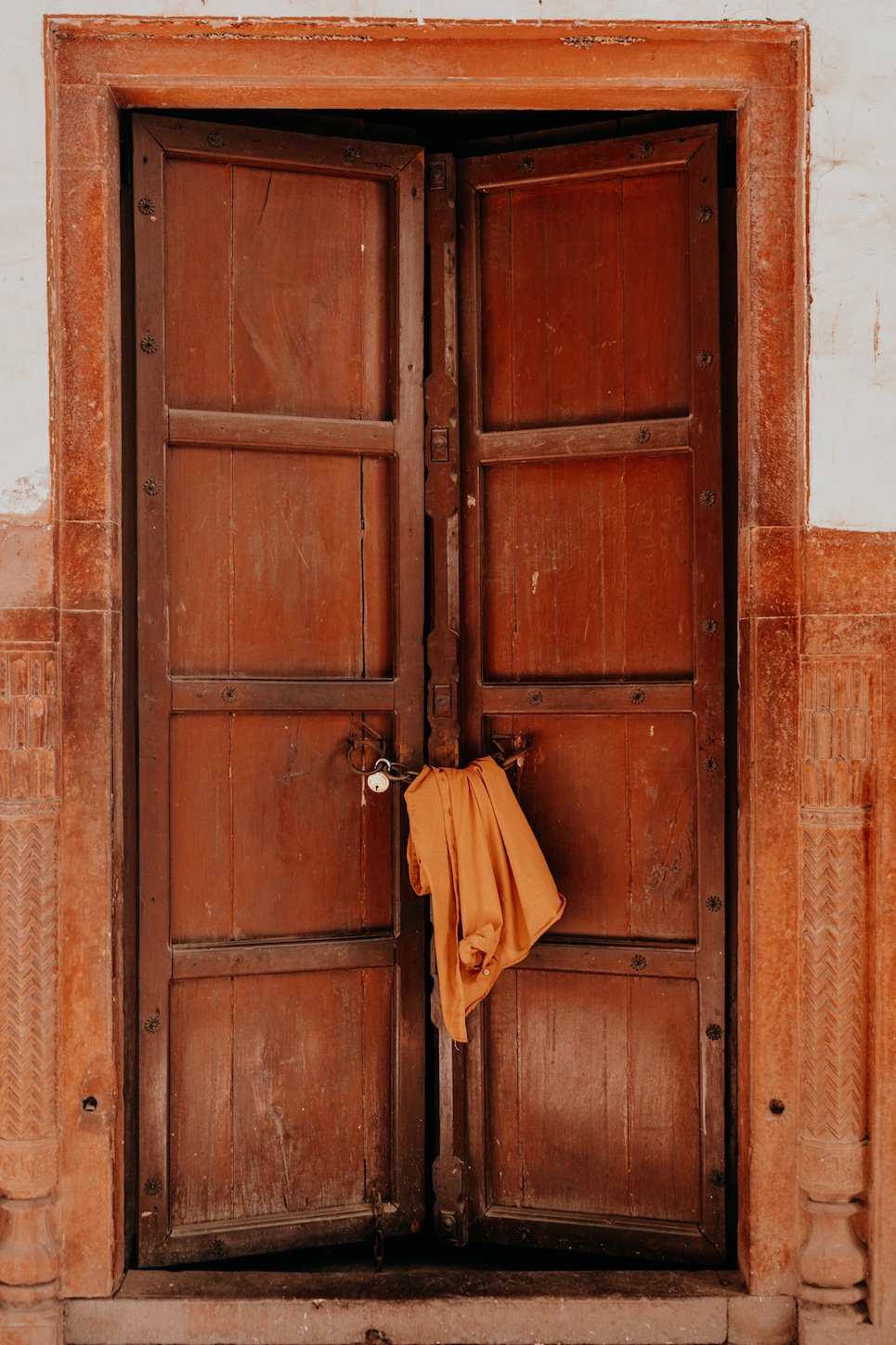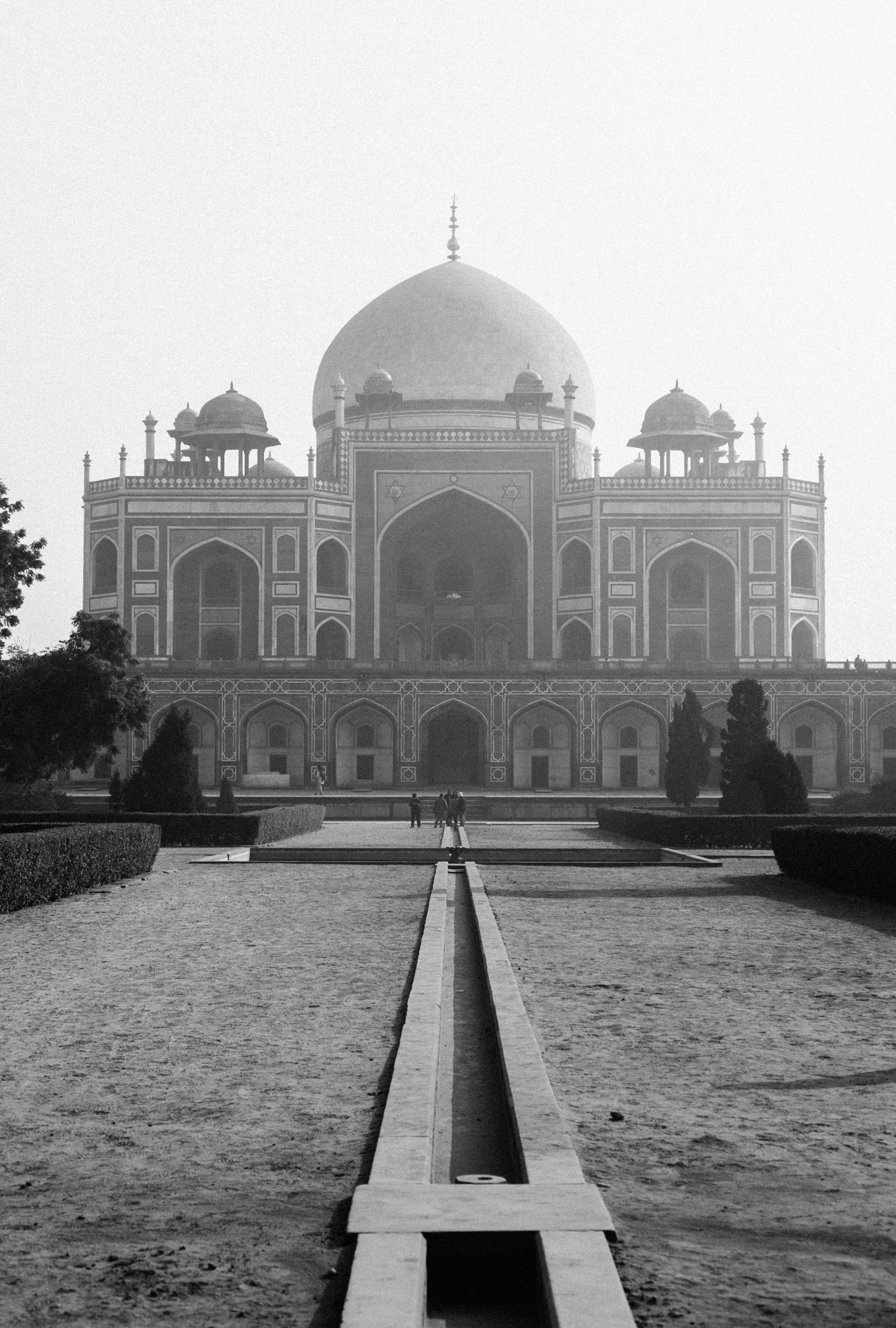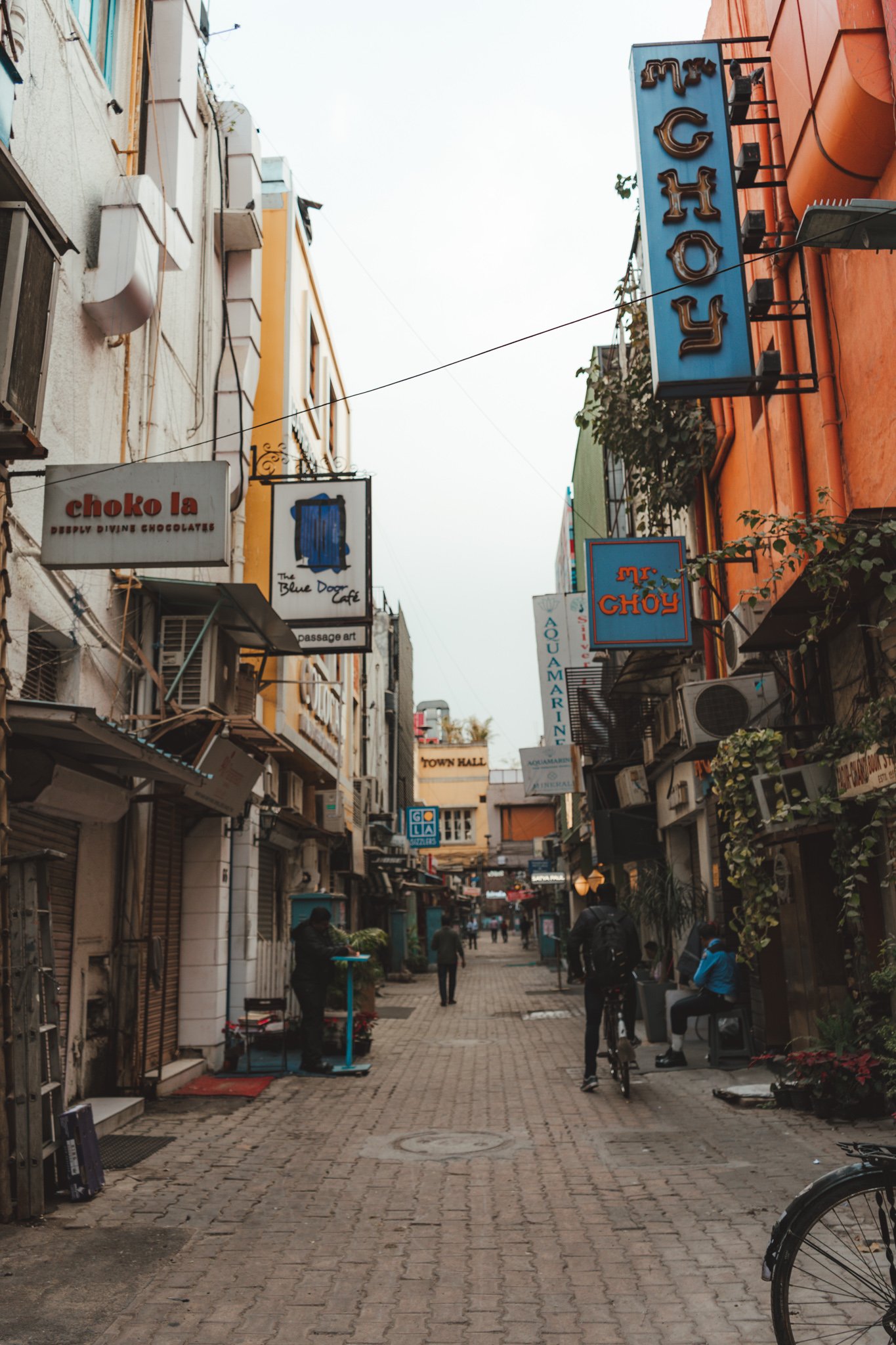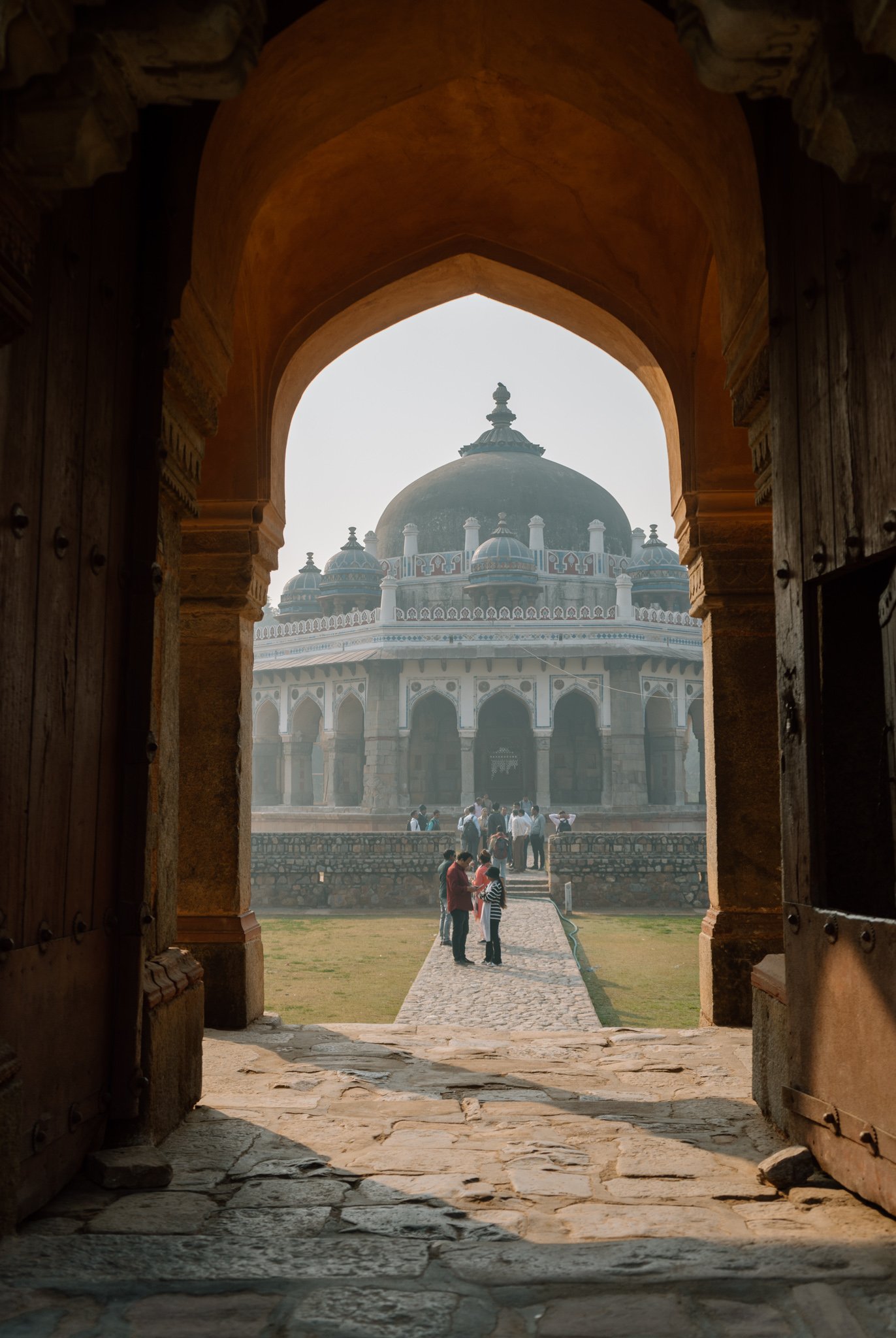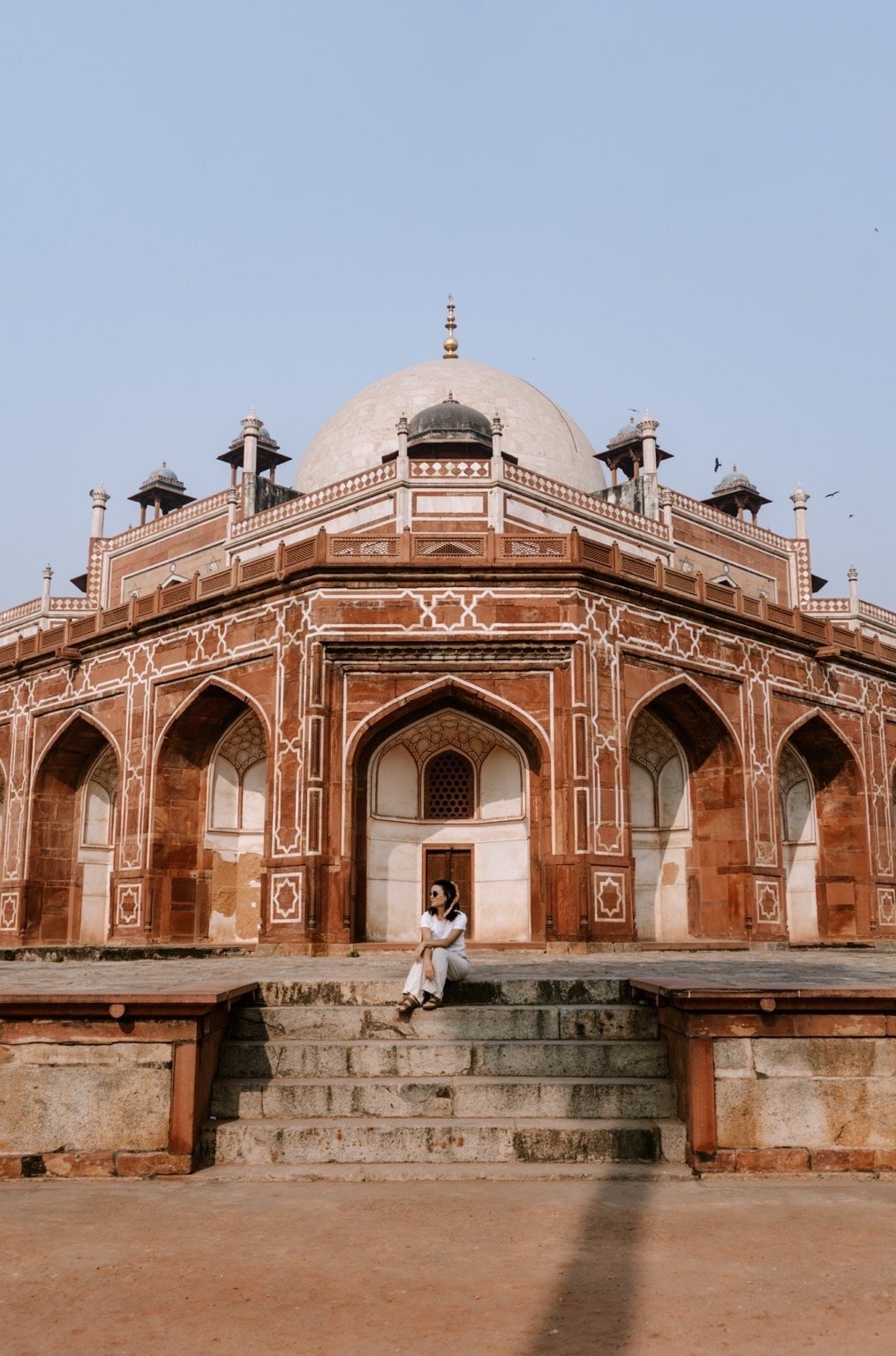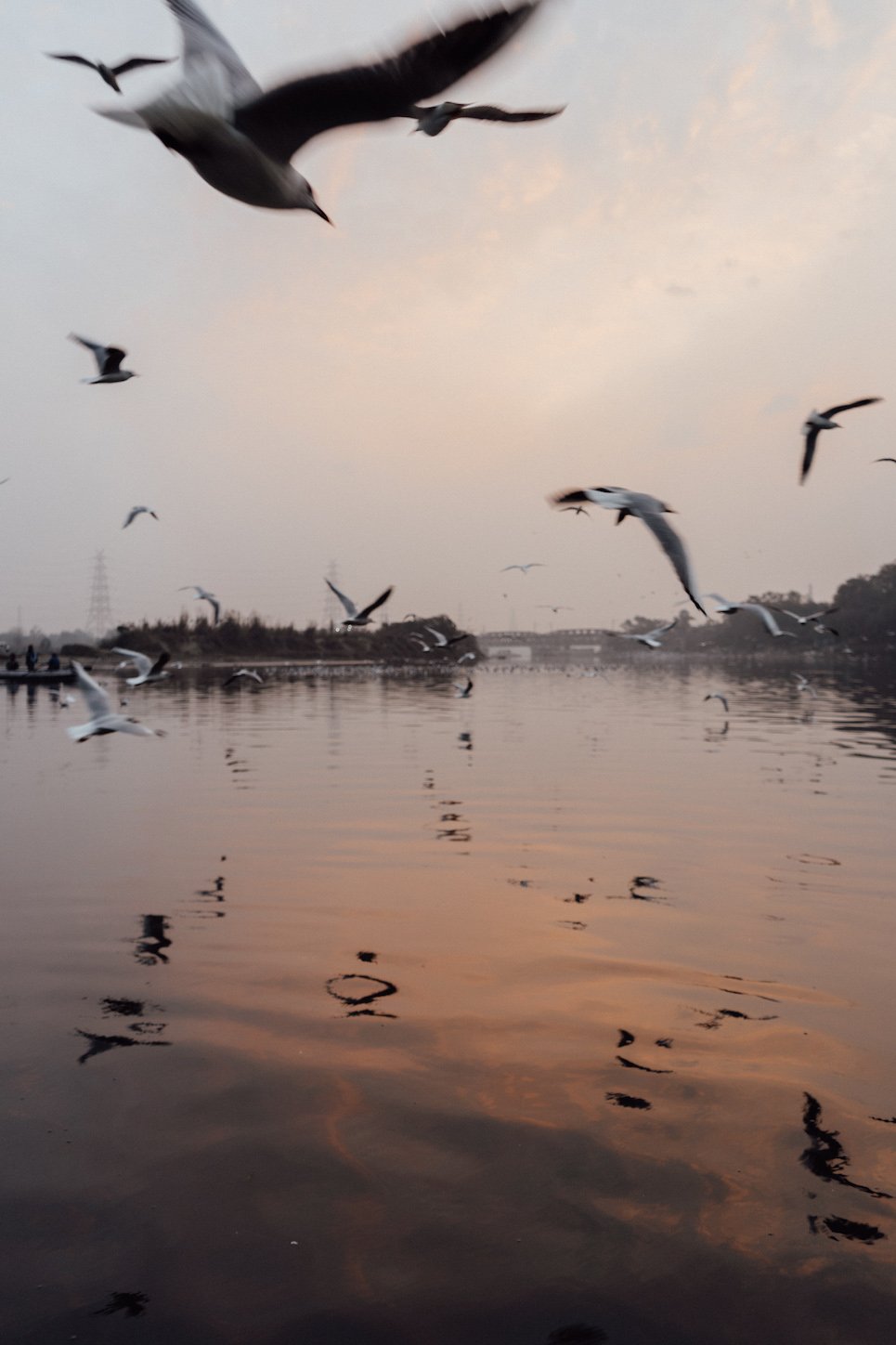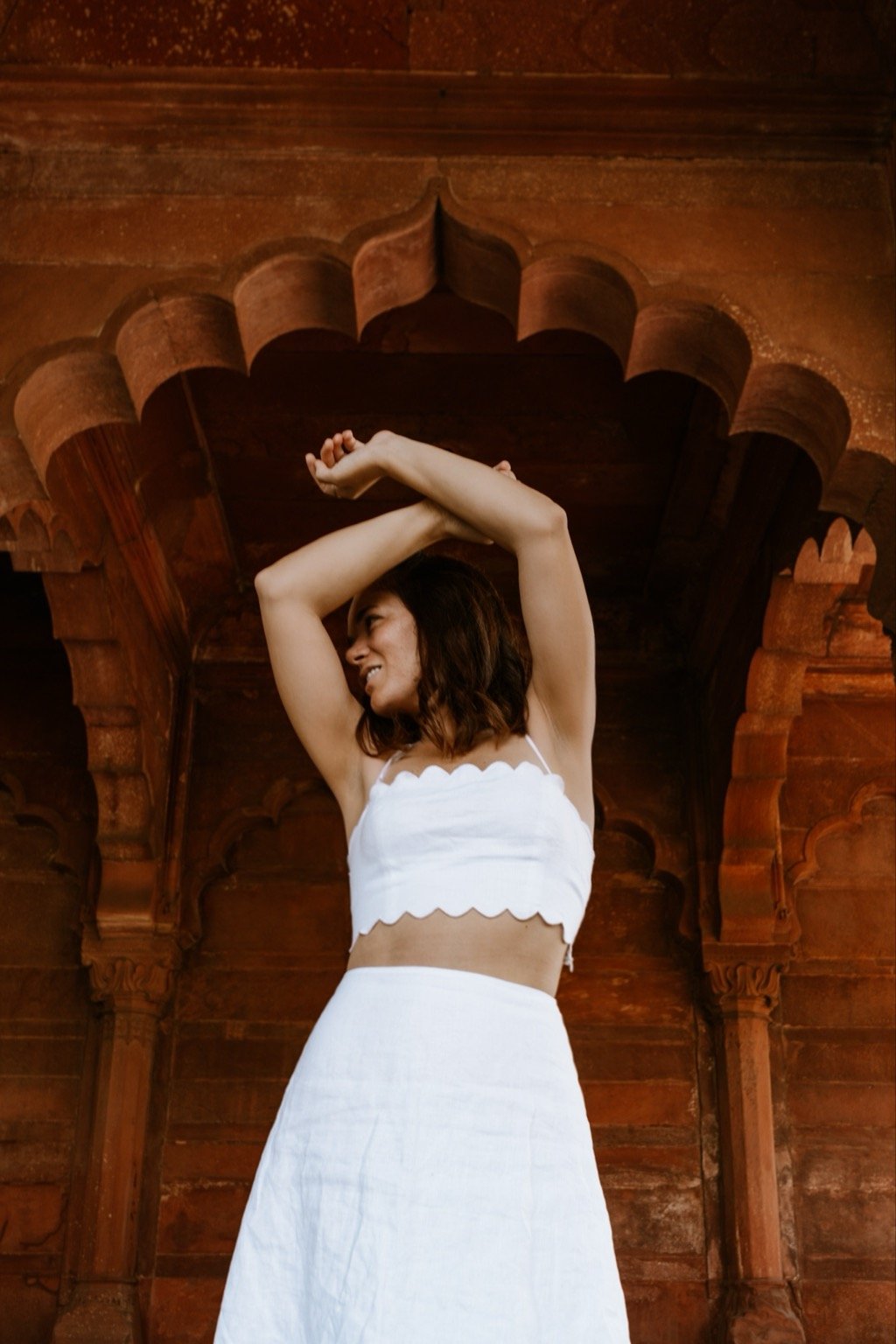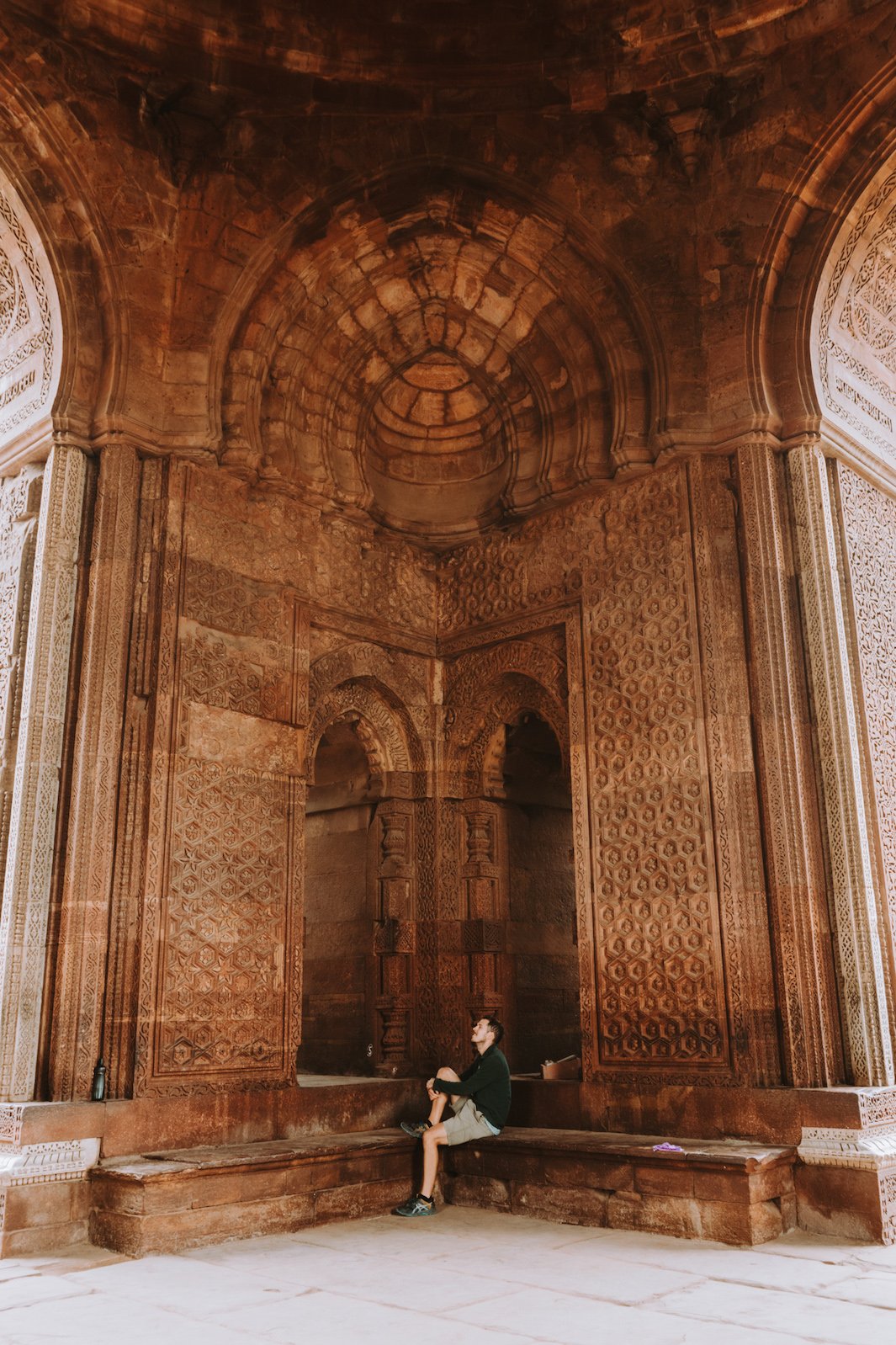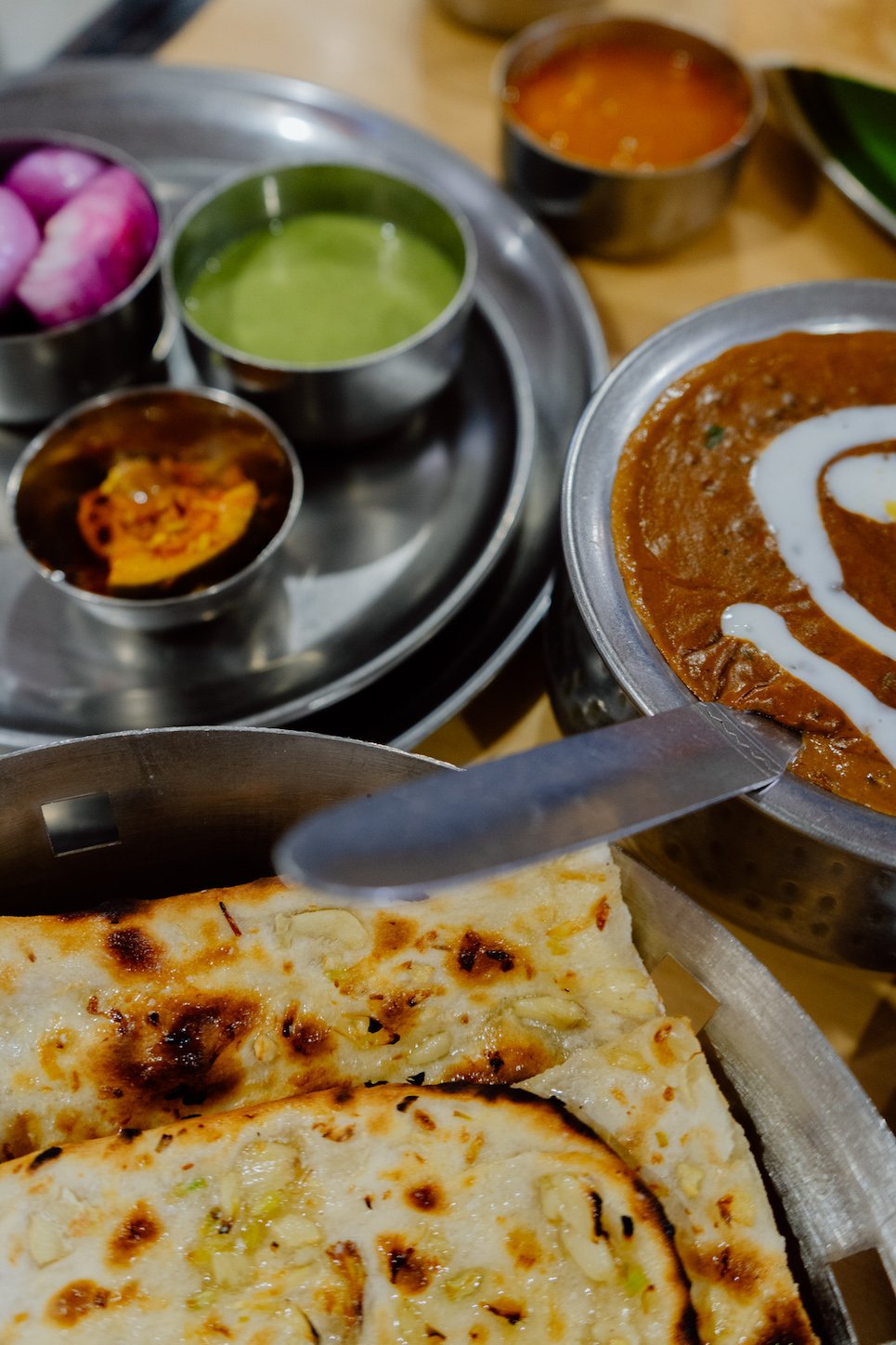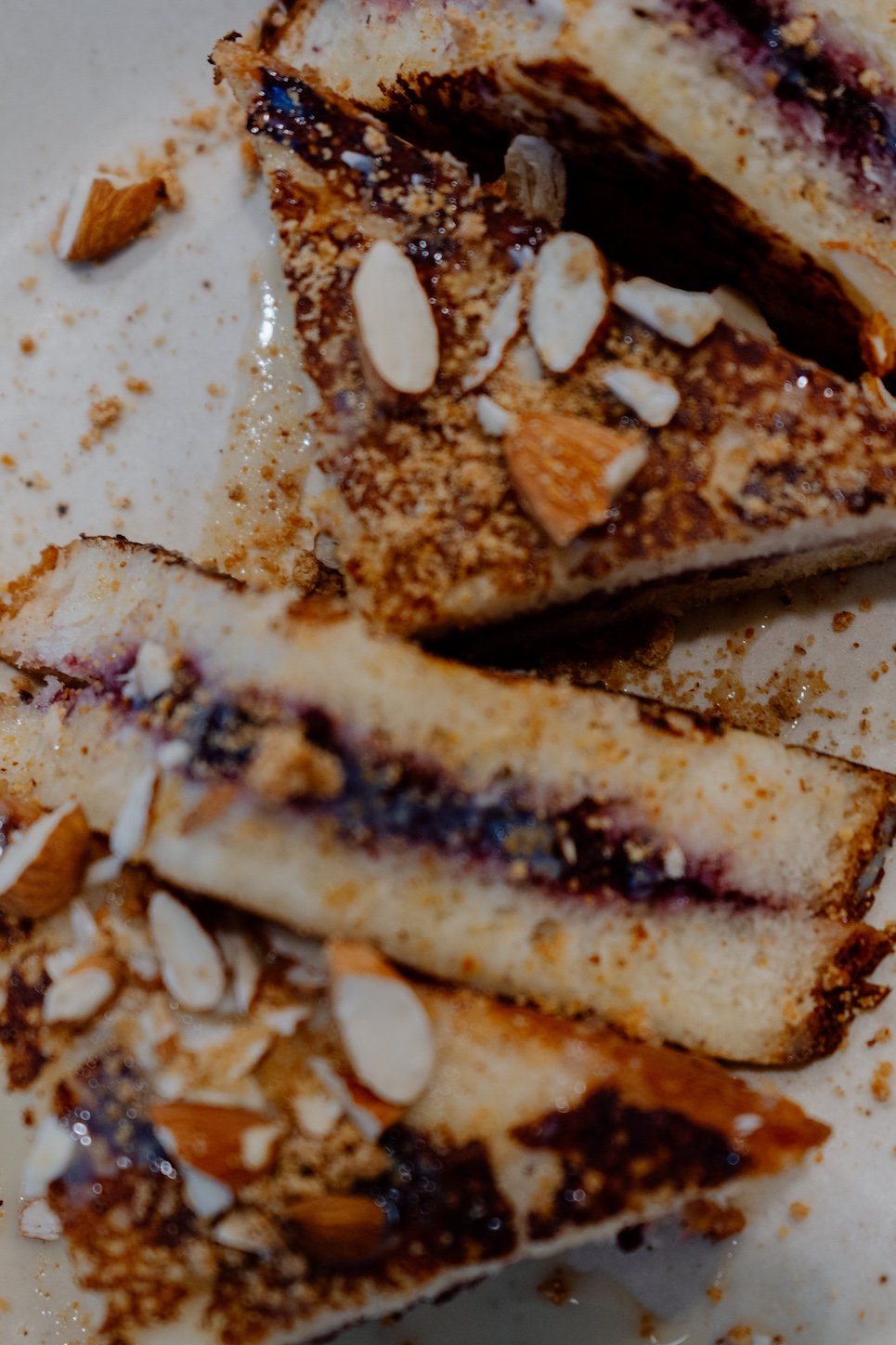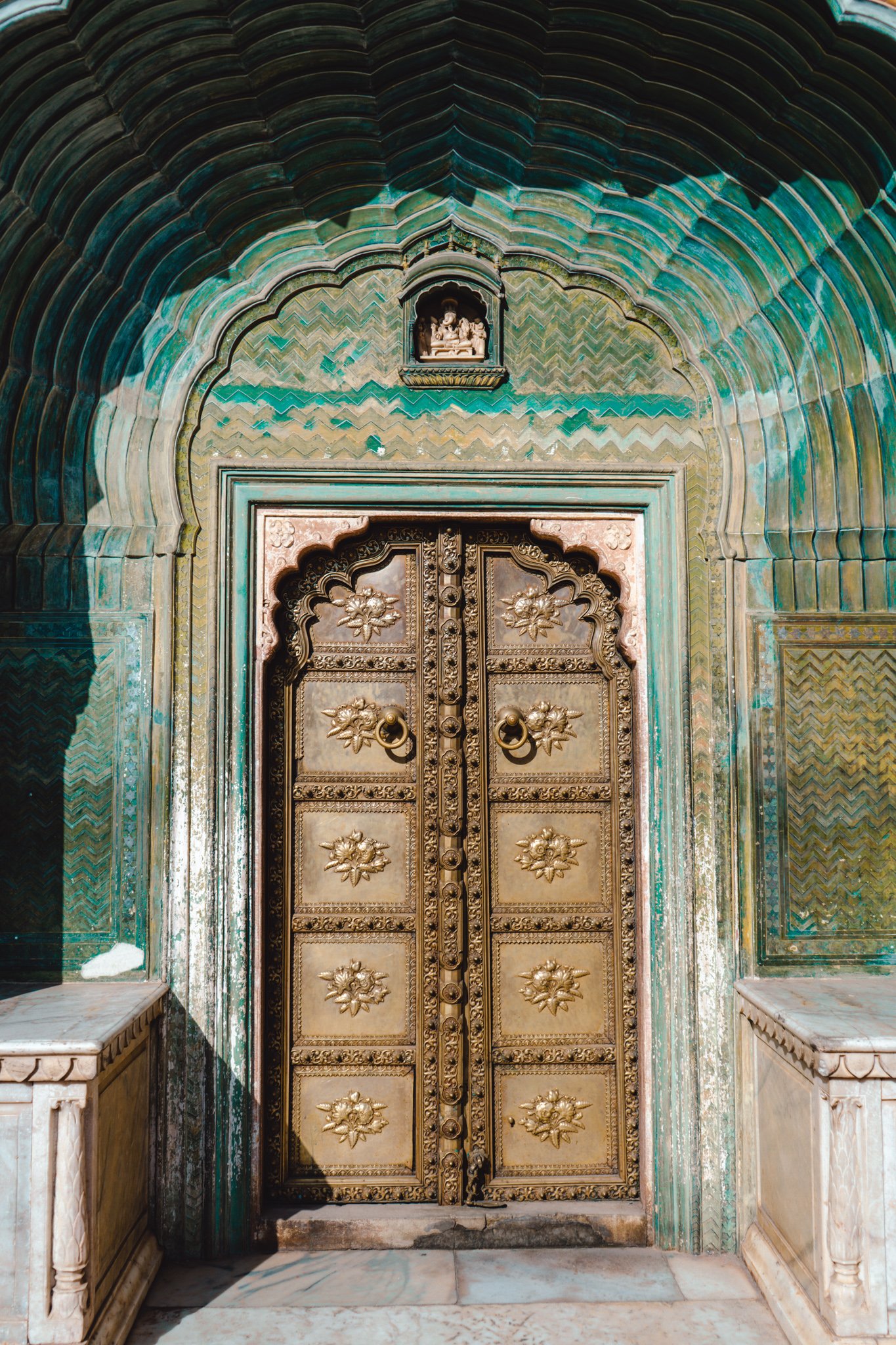Delhi Itinerary: The Best 3-Day Itinerary for Delhi, India
Traveling to Delhi? This comprehensive 3-day itinerary is curated to include everything from the city’s historic landmarks like the Red Fort to the most mouthwatering places to eat and the best places to stay.
With a population of 28 million people, saying that Delhi is busy is a bit of an understatement. Having spent nearly three months in India, I can attest to the fact that, while it is absolutely crowded, loud, and polluted with noise. Despite all of this, I grew to really enjoy Delhi, and I created this 3-day Delhi itinerary filled with its UNESCO World Heritage Sites, offbeat neighborhoods, and cultural highlights so that you can fall in love with the city.
Delhi is often referred to as the “Gateway to India.” It’s often the first point of entry for travelers coming to India, and it can often be a bit of a shock to the system due to its size and population. But, once you settle in, you can fully enjoy how Delhi beautifully blends modernity with heritage. Dusty markets with vendors shouting prices over the sound of car horns. High-rise hotels with luxury amenities and five-star hospitality. The city is brimming with iconic tombs, manicured gardens, and traditional street food that will exceed every expectation you might have. This 3-day itinerary for Delhi details it all!
best time to visit Delhi ↴
The two best times of year to visit Delhi are from September to November, and from mid-January to March. We were in Delhi at the end of January and the end of March, and in the time in between the temperatures varied drastically. Our January visit was cold in the mornings and evenings, but mild during the day. When we returned near the end of March, the increase in temperatures was apparent from the very start of the day.
Spring | Between February and March the weather is relatively warm with cooler evenings, and temperatures hover around
Summer | April and May are the hottest months with temperatures reaching 45ºC, I recommend avoiding Delhi at this time of year.
Autumn | October and November is the best time to visit Delhi when the weather is warm and nights are cooler.
Winter | From December to February, the days are mild but smog and pollution are thick and dense.
Monsoon | June to September, expect heavy rain which moderates the temperature.
quick travel tips for Dehli ↴
avoiding Delhi belly
“Delhi Belly” is a common name for traveler’s diarrhea and food poisoning. It’s likely at some point that you’ll suffer from Delhi Belly while traveling and eating in India. Symptoms include cramping, nausea, fever, headache, bloating, and severe diarrhea. There’s no foolproof way to completely avoid getting sick, but there are measures that you can take to mitigate your risk including avoiding ice in drinks, avoiding meat and dairy, washing your hands regularly, and taking a probiotic to help improve your gut health.
security checks
There are a lot of security checkpoints throughout Delhi. As a tourist, you can expect to walk through them before entering supermarkets, malls, and major tourist attractions. You’ll be asked to walk through a detector, and often your bag will be checked as well. Some places will not allow backpacks or require you to place larger bags in lockers. By the end of our time in India, I stopped noticing these checkpoints and they became second nature. Please note, there are typically separate lines for women and men, which isn’t altogether inclusive.
SIM card
Getting a SIM card in India as a foreign traveler is a real pain. My top recommendation is to be sure and grab a SIM card at the international airport terminal before you leave for your hotel. If you happen to be connecting to a domestic flight, you won’t be able to purchase a SIM card from the kiosks in the domestic terminal without an Indian cell number to verify your identity.
If you exit the airport and try to buy a SIM card in the city, you will have the same problem. Luckily, some hotels/hostels know this is an inconvenience for their guests and have staff at the front desk ready to accompany you to the nearest SIM card vendor to help. With or without help, the process of acquiring a SIM card takes an hour at the least. Be sure you have the time set aside. Another option is to pre-order an E-Sim so that you are all set upon arrival.
scams to avoid in Delhi
THE “BLOCKED” ROAD TAXI SCAM | This is a common scam for taxis taking travelers from the airport and railway station where the taxi driver will talk with a police officer or security guard (who are also in on the scam). The driver will report back to you that the road to your desired destination is blocked due to protests and will then drive you to a travel agency to “check if it’s possible to “check the road routes” but in actual fact will attempt to sell you train tickets, bus tickets, and tours at inflated rates. Do not buy anything they are selling, as none of the tickets or tours are valid.
THE FAKE TOURIST OFFICE SCAM | I almost fell for this scam! A friendly local saw Luke and I checking our phones to navigate around the city. He approached us with a warning. Apparently, it’s common for people to see lost tourists and direct them to a tourist office. At this “tourist office,” travelers are convinced to hire a “guide” for the city or persuaded to buy maps and tour packages at ridiculous prices. The tours don’t exist, the maps are often outdated (and are free if you visit government official tourist offices) and the guides never show up at the meeting point or are not official guides in any capacity.
THE FAKE HOTEL PHOTOS + REVIEWS SCAM | Another scam that is common throughout India, particularly in Delhi, is the fake hotel photos scam. Tourists often book hotels online ahead of time only to show up at check-in time to a room that looks nothing like the photos on the booking site. Moldy bathrooms, no windows, and rooms much smaller than anticipated are some of the common issues travelers face when they’ve fallen for this con. My advice is to always check the 1-star reviews first. I recommend checking to see if there are any photos uploaded by users. If a hotel has no reviews, avoid booking it.
how to get to Dehli ↴
As previously mentioned, Delhi is often regarded as the gateway to India. This is due to Delhi’s connective airport hub. If you're coming from an international location, you can book a flight to Indira Gandhi International Airport (DEL), Delhi's main airport. It is well-connected to major cities around the world. Upon arrival, you can easily find taxis, buses, or the Delhi Metro to reach your desired destination within the city.
If you happen to already be in India, and you prefer more scenic, adventurous experiences, consider making use of India’s railway system to get to Delhi. India’s railway offers travelers a cost-effective way to explore the diverse landscapes of the country. The train is perfect for budget travelers and those seeking a quintessential Indian experience.
getting around Dehli ↴
Getting around Delhi is a bit of a task. The city covers a mammoth metropolitan area, and its many significant landmarks are spread out. There is public transportation available throughout Delhi, but it’s not always the most reliable mode of transport, especially for travelers on a time crunch. You can purchase a pass for the metro, but the cost is only worth it if you plan on using it as your sole city transportation.
If you are a solo female traveler utilizing the Delhi metro, I would advise you to stick to the female-only carriages of the train. It’s also best not to ride the metro after dark if you are a woman traveling alone.
I recommend using the Uber and Ola rideshare apps to get from one point to another. It will save you time and stress. Ola can be tricky, as you need to pay in cash at the end of your ride, where Uber is connected to your banking card. You can also opt for an Uber rickshaw ride, but bundle up if you’re riding in the winter.
how many days to spend in Delhi ↴
Delhi is filled with plenty to see and do. So much, in fact, that you could easily spend weeks in the city exploring its every nook and cranny. However, three days is the perfect introduction to Delhi for first-time visitors. Spending three days in Delhi will allow you to allocate time in all three of the city’s main areas: Old Delhi, New Delhi, and South Delhi. All three of these areas have plenty to offer travelers. You can easily spend a day in each area of the city, thus my recommendation of three days in Delhi.
where to stay in Dehli ↴
If I have one piece of advice for where to stay in Delhi, I would advise you not to stay near the Delhi train station if it’s your first time in India. While hotels in this area are well-located near the Red Fort and other main attractions, if you’re dipping your toes into Delhi for the first time, this part of the city can be especially overwhelming. This is also where a majority of the common scams and petty thievery take place, so you will be overstimulated as well as hyperaware.
In my opinion, this takes away from the overall experience of Delhi, which is actually an exhilarating city where ancient meets modern. Instead, I recommend staying in South Delhi. The overall vibe is relatively more relaxed and will let you warm to Delhi without throwing you into the deep end.
the best areas to stay in, in Delhi:
South + Central Delhi | luxury + mid-priced hotels, known as the best + safest areas in the city
Connaught Place | modern hotels, often at premium prices
North Delhi/Paharganj | famous for its low-cost accommodation + backpacker-friendly hostels
the best hotels in Delhi:
ITC Maurya | beautiful design hotel with many environmental policies
The Manor | clean, modern rooms just a 10-minute drive from Humayun’s Tomb
Park Inn by Radisson | pretty hotel near South Delhi
Pullman New Delhi Aerocity Hotel | stylish, luxury stay conveniently located near the city’s airport
Hosteller | great for budget travelers looking for a clean, affordable stay located near Humayun’s Tomb
We love using Booking.com to book the best places to stay around the world.
suggested 3-day itinerary for Delhi ↴
This suggested 3-day itinerary for Delhi is curated specifically for first-time visitors. If you’re a returning visitor to Delhi or move at a quicker pace, feel free to check out my comprehensive list of things to do in Delhi below.
The 3-day itinerary below was created with optimal visiting times in mind, however, you can create an alternative 2 or 3-day itinerary for Delhi based on geographical locations. With only two days in Delhi, you’ll be moving quite quickly, even with this efficient geographical itinerary. Still, if this is how you’d prefer to explore Delhi, I would suggest organizing the days into South Delhi and Old Delhi highlights.
Day 1: Humayun’s Tomb, A Chef’s Food Tour (Chandi Chowk), + Jantar Mantar
Spend your first day in Delhi exploring the sprawling complex of Humayun's Tomb. Humayun’s Tomb gets very crowded and offers little shade in the heat of the day. Going earlier will help you avoid the crowds and stay cool. Bring cash for entry and beware of pickpockets in this area.
In the afternoon, join A Chef’s Food Tour and explore the culinary delights of Delhi. The meeting point for the tour is Chandi Chowk, one of the oldest and busiest markets in India. Next on the itinerary is Jantar Mantar, a complex housing 13 astronomical instruments commissioned by Maharaja Jai Singh II.
Day 2: Sunrise at Yamuna Ghat, Red Fort, National Gandhi Museum, + Jama Masjid
I suggest kick-starting your second day in Delhi with a sunrise boat ride along Yamuna Ghat, but the truth is Yamuna Ghat is purely a photo opportunity. Next, make your way to the Red Fort, one of Delhi’s most iconic landmarks. The Red Fort (also known as Lal Qila) served as the main residence of the Mughal emperors.
Once you’ve explored the Red Fort in depth, head to the National Gandhi Museum. Don't miss a visit to Jama Masjid, one of the largest mosques in India, known for its stunning architecture and panoramic views of the city. Wrap up your day with a visit to the serene and beautiful Raj Ghat, a memorial dedicated to Mahatma Gandhi.
Day 3: India Gate, Khan Market + South Delhi, Qutub Minar, Lotus Temple, + Champa Gali
Start day 3 of your Delhi itinerary at India Gate, a war memorial that stands as a symbol of national pride. Getting to India Gate early helps you beat both the heat and the crowds at this Delhi landmark.
From India Gate, grab breakfast in the Khan Market area. This was one of my favorite areas of Delhi, brimming with cool cafés and co-working spaces. Spend the golden evening hours at Qutub Minar, the world's tallest brick minaret and a UNESCO World Heritage site. The serene Lotus Temple is your next stop! The temple is a Bahá'í House of Worship renowned for its unique lotus-like design and peaceful ambiance. Finish your day at Champa Gali, a bohemian area of Delhi marked by small businesses and quirky cafés.
15 best things to see + do in Delhi ↴
If the above suggested 3-day itinerary for Delhi doesn’t suit you, no worries! There is a seemingly endless list of things to do in the city, but I’ve included my personal recommendations of the very best things to do in Delhi so that you can pick and choose what works for you.
Humayun’s Tomb
Humayun’s Tomb is the resting place of the former Mughal Emperor and a mesmerizing UNESCO World Heritage Site. Humayun’s Tomb is the first garden tomb in India and was the first large-scale building to utilize red sandstone, a material that soon became emblematic of Mughal architecture. This ornate mausoleum served as an inspiration for the Taj Mahal.
In truth, Humayun’s Tomb was my favorite site we visited in Delhi— even over the Red Fort. I recommend getting to the tomb early to avoid the crowds and to help manage the heat since there is little shade around the tomb complex.
ADMISSION | INR 600 for foreign adults
A Chef’s Food Tour
One of the many allures of traveling to India is tasting the country’s incredible national cuisine. The endless mouthwatering options are****** The tour costs USD $35 per person, and trust me when I say you will eat your fill by the end of the 12 included tastings! There are vegetarian and gluten-free options available on tour, but unfortunately, it’s not suitable for vegans.
Qutub Minar
Qutub Minar is the oldest UNESCO Heritage Site in Delhi, and it’s one of its most iconic. Built at the end of the 12th century on the site of an ancient mosque, Qutub Minar’s red sandstone walls are engraved with ornate Islamic patterns. Visitors used to be able to climb the spiral staircase up to the top of the 5-story tower that looms above the Qutub Minar complex, but it was recently closed for safety and preservation reasons.
ADMISSION | INR 600 for foreign adults
Bollywood dance class
India has a mega movie industry. It’s estimated 2,000 Indian films are produced every year in over 20 different dialects. If you know anything about Indian cinema, you know that large-scale dance numbers are a “Bollywood” signature. It feels almost sacrilegious for top-tier fans not to take a Bollywood dance class while in Delhi. Delhi Dance Academy offers a range of dance classes, including Bollywood-themed sessions!
Jantar Mantar
This giant observatory complex contains 13 astronomical instruments commissioned by the Maharaja Jai Singh of Jaipur. Jantar Mantar was constructed during a period of rapid innovation and education to map astronomical tables and develop a calendar. The observatory’s instruments were proven to be quite accurate, but as Delhi grew into a modern city with highrise buildings, the accuracy lessened and the instruments today are useless.
ADMISSION | INR 300 for foreign adults
Lodhi Colony
Lodhi Colony might be Delhi’s most colorful neighborhood. Originally, Lodhi was a residential area built by British colonizers in the 1940s. In 2015, St+Art India Foundation made it their mission to transform Lodhi Colony into Delhi’s most artistic neighborhood. It started with the foundation commissioning two larger-than-life murals. Today, the area has transformed into an open-air art museum showcasing over 54 murals that cover the entirety of this cultural epicenter.
Lodhi Colony is brimming with cool cafés and trendy local and international restaurants. I would definitely recommend eating in the area if you can make it work with your itinerary.
Where to eat in Lodhi Colony:
Guppy | pink sushi restaurant
Elma’s Brasserie | Western-style desserts + European cuisine
Jaatre | specialty ice cream + artisan coffee
ADMISSION | free
Delhi markets
Come to Delhi ready to spend. There are a number of markets throughout the city buzzing with vendors selling everything from vintage goods and teas to clothes and spices. Eager shoppers can be found at the markets as early as 6 AM (though many don’t open until around midday). Markets are the best places to grab souvenirs, and you can test your negotiation skills while you’re at it!
Dilli Haat | There is an entrance fee of INR 100 for foreign adults and a bag check upon entry. The market opens at 11 AM and features cultural activities and musical performances. Dilli Haat is run by the Delhi Tourism and Transportation Development Corporation (thus the entry fee and clean market venue). There is a food court within the market that serves up affordable momos and other regional cuisine at stalls with relatively good hygiene standards, making it a great place to try Indian food if you’re not quite ready to “brave” street food. Prices here are a bit inflated by Indian market standards, but the quality of goods here also tends to be higher.
Chandni Chowk | You can navigate through the narrow lanes on foot or by rickshaw. The market is spattered with shops and stalls selling everything from spices and textiles to street food delicacies.
Khari Baoli | Asia’s largest wholesale spice market is sure to lead to sensory overload. Here you can expect burlap sacks full of colorful spices and seasonings. Cinnamon, cardamom, cloves, and turmeric are weighed, bagged, and sold by eager vendors.
Khan Market | For a more upscale shopping experience, head to Khan Market. Khan Market is more a shopping center than a traditional market, but it’s where the most affluent locals shop for international brands. This area is also home to trendy restaurants, busy bars, and bohemian cafés.
Yamuna Ghat
At Yamuna Ghat, you’ll see couples getting their engagement and wedding photos snapped from wooden boats You’ll also see lots and lots of birds. The boats themselves are in pretty rough condition, so I suggest not wearing your favorite clothing. It might get snagged or muddied while you’re cruising along the water.
ADMISSION | free to visit, cost of boat ride to be negotiated
Red Fort
Emperor Shah Jahan commissioned the Red Fort’s construction when he moved the capital from Agra to Delhi. The fort’s design is credited to the same architect who constructed the Taj Mahal. Unsurprisingly, this period is considered the golden era of Mughal architecture, and one look at the Red Fort makes it easy to see why. After 8 years of construction, the behemoth fort was completed, with walls measuring over 100 feet tall.
Over time, the Red Fort became emblematic of the city’s royal history and a major landmark of Delhi. Inside the complex, you’ll find vendors selling souvenirs, ornate halls, and
ADMISSION | INR 500 per foreign adult
National Gandhi Museum
The National Gandhi Museum is a memorial to Mahatma Gandhi, one of India’s most notable (albeit controversial) public figures. The museum houses an extensive collection of Gandhi’s personal relics, audio-visual materials, and original journals. Inside is a photo gallery, which contains over 6,000 pictures of Gandhi and other Freedom Fighters. The main attraction, however, is the bullet used to kill Gandhi and the urn containing his ashes. The museum is an interesting blend of mourning and memorializing, that’s well worth a visit for those looking to learn more about Gandhi’s cultural impact on India.
ADMISSION | free
Jama Masjid
Jama Masjid is one of India’s largest mosques, famed for its white marble facade and pure gold domes. The mosque was originally designed by Mughal rulers and made out of Rajasthan’s signature red sandstone. In the 1600s, the mosque’s walls were covered in thick slabs of opulent white marble. Perhaps the most iconic part of the mosque is the black and white marble floors covered in layers of Persian carpets.
Jama Masjid is spiritually and architecturally significant. Muslims throughout Rajasthan make pilgrimages to Jama Masjid to pray in the stunning house of worship. It holds 900 worshippers inside the mosque, and there are often upwards of 25,000 people congregating in the mosque’s outer courtyard during Friday prayer service.
ADMISSION | free
Sulabh International Museum of Toilets
If you’re hoping to find something quite quirky in Delhi, look no further than this museum dedicated to toilets. From modern Japanese toilets to delicate porcelain stools of royalty from long ago, the Sulabh International Museum of Toilets is definitely a fun addition to any itinerary, though I wouldn’t make it a priority unless you’re especially interested in the odd and eccentric.
ADMISSION | free
Lodi Garden
In the middle of one of the country’s busiest cities, I found the quiet of Lodi Garden shocking. The gardens’ manicured lawns cover 90 acres and feature historic tombs, around which you’ll find local joggers and couples picnicking. You might even find local politicians and diplomats at the gardens, as it’s a favorite amongst the Indian upper class. It’s especially popular with locals on the weekends, so I would avoid going on Saturdays in particular if you don’t enjoy crowds.
ADMISSION | free
Gurudwara Bangla Sahib
Thousands of visitors make their way to Gurudwara Bangla Sahib every day. This Sikh place of worship is known for its ornate design elements and gold-domed roof. When you visit the Gurudwara Bangla Sahib, you’ll be asked to cover your head with a scarf. You can borrow one for the duration of your visit for free near the entrance.
ADMISSION | free
India Gate
You cannot drive around Delhi and not notice the imposing archway that is India Gate. The massive archway was built in 1921 as a tribute to the Indian and British soldiers who lost their lives during World War I and the Anglo-Afghan War. Take a closer look at the gate, and you’ll notice the 13,516 names that have been carefully inscribed on it.
ADMISSION | free
where to eat in Delhi ↴
There is no shortage of delicious food to devour in Delhi. Much of the very best food in the city is found at street food vendors that (typically) exist without signposts. However, I’ve created a list of some of my favorite restaurants and cafés in Delhi that you can find
SAGAR RATNA RESTAURANT | Sagar is a chain restaurant that serves South Indian delicacies. The food here is mouthwatering. You can expect heaping portions of dosas and biryanis. Sagar’s kitchens are known for having high standards of cleanliness, making this a great place to eat if you’re a little nervous about trying street food or have an extra fragile stomach.
BUKHARA | Bukhara’s behemoth naans and signature slow-cooked dal are legendary. Celebrities and pop culture icons have dined at Bukhara for an upscale Indian dining experience.
JUGGERNAUT | An iconic Delhi restaurant that serves mouthwatering South Indian cuisine.
THE GRAMMAR ROOM | Bright and airy restaurant with a private courtyard serving farm-to-table food, decadent desserts, and plenty of vegan options.
BURMA BURMA | Famed for its Samosa Soup, Burma Burma has a menu overflowing with flavors and aromatic foods.
MAMAGOTO | If you need an Asian food fix that extends beyond the wealth of Indian cuisine available, look no further than Mamagoto, India’s first Pan-Asian restaurant. They serve classics, including Dim Sum, Tom Yum, and Schezwan Chicken.
GREENR | Vegans in Delhi can’t miss this community-minded café.
THE BLUE DOOR CAFÉ | The Blue Door Café serves delicious breakfast all day and satiating meals like risotto and eggplant parmigiana. This isn’t the most “cultural” place to eat in Delhi. However, if you’re in the city for an extended period of time, eager to indulge in a Western breakfast, The Blue Door offers fluffy pancake stacks that should do the trick.
KARIM’S | Karim’s opened in 1913 and, at the time, served only two dishes: mutton and potatoes. It quickly became one of Delhi’s iconic dining establishments and subsequently expanded its menu. Located near Jama Masjid in Old Delhi, Karim’s serves Mughal delicacies including mutton bara and brain curry.
BLUE TOKAI | I enjoyed breakfast one morning at the Khan Market location, and it started my day off with a bang!
JUGMUG THELA | This café is located in one of my favorite areas of Delhi, Champa Gali. The artsy café serves an eclectic blend of food with classic Indian flavors. It’s a gorgeous place with warm lighting and an outdoor courtyard space.
map ↴
Find everything you need for the perfect 3-day itinerary in Delhi, India on the map below.

